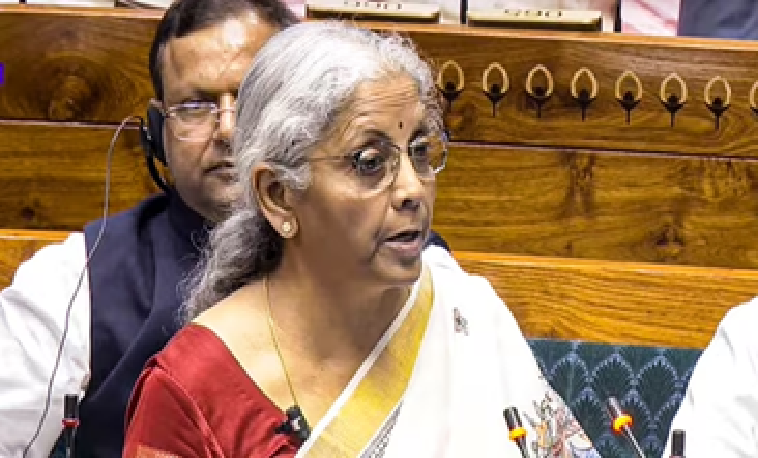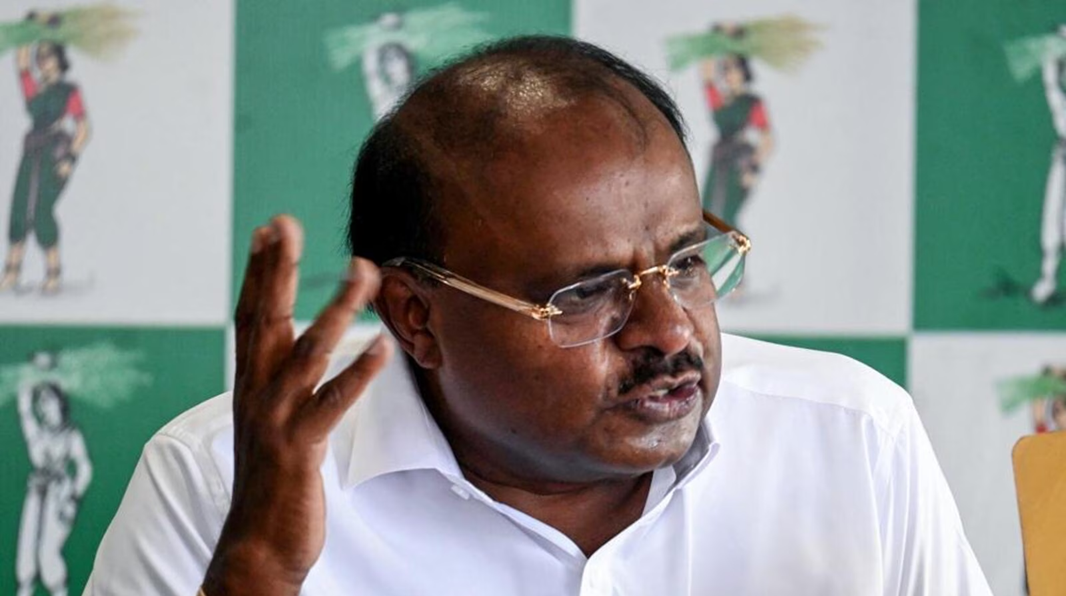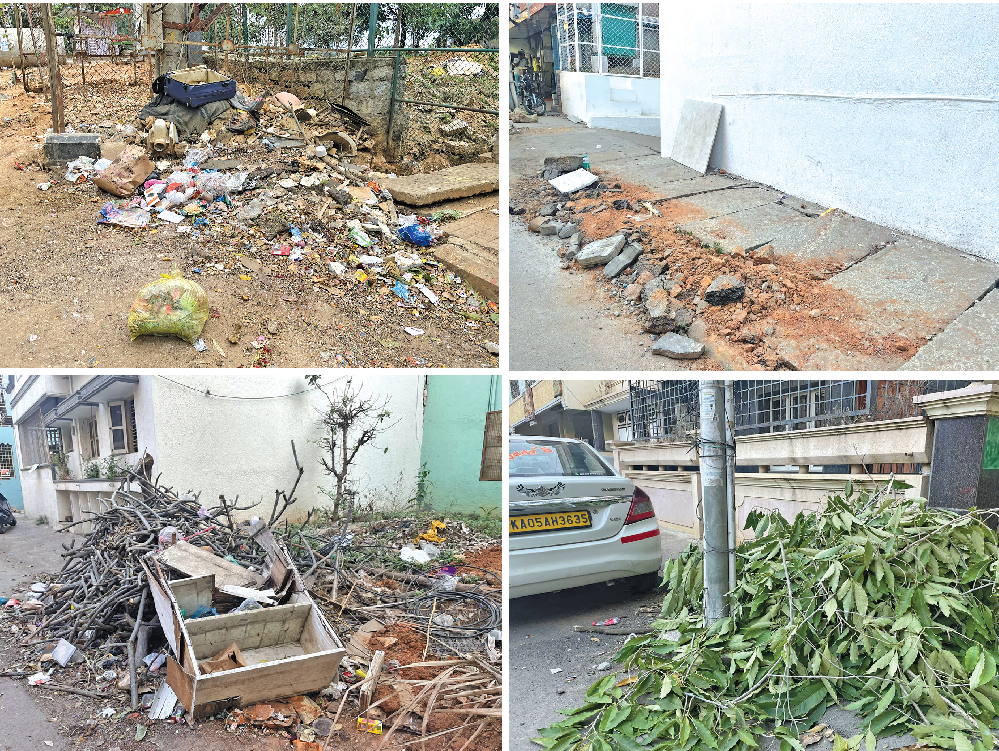
Framing hate: How media narratives fuel Islamophobia
NT Correspondent
Bengaluru: When tragedy struck Magdeburg’s Christmas market a car ramming that claimed five lives and injured over 200 it was not just the horror of the act but the subsequent media coverage that painted a troubling picture. The framing of the incident by mainstream outlets not only misrepresented the attack but also perpetuated dangerous Islamophobic narratives.
Initial reports latched onto a familiar pattern: highlighting the attacker’s Saudi origin and referring to his “extremist views,” hinting at connections to so called 'Islamic extremism.' Such framing, rife with implicit bias, allowed readers to infer a narrative of 'Islamist violence'. Yet, German Interior Minister Nancy Faeser set the record straight, saying, “At this point, we can only say for sure that the perpetrator was evidently Islamophobic we can confirm that.” The attacker, a Saudi national who renounced Islam and embraced far-right ideologies, deliberately targeted the Christmas market in an act of anti-Muslim hatred. Despite these revelations, major media outlets persisted in misrepresenting the facts. Sky News emphasised warnings from Saudi Arabia about the attacker’s extremism without specifying his Islamophobic motives.
Similarly, The Washington Post described him as a “self-described Saudi dissident,” downplaying his far-right affiliations. Even the BBC, attempting to clarify, used qualifiers like “He is not an extreme Islamist if you believe his social media posts and broadcast interviews.” This selective skepticism raises a crucial question: Would similar qualifiers be used if the perpetrator were Muslim? Historically, violence involving Muslim attackers is often linked directly to their faith, while far-right or anti-Islam extremism is contextualised or softened. This double standard skews public perception and obscures the rising threat of far-right violence.
As terrorism expert Peter Neumann observed, “After 25 years in this ‘business,’ you think nothing could surprise you anymore. But a 50-year-old Saudi ex-Muslim who lives in East Germany loves the AfD, and wants to punish Germany for its tolerance towards Islamists that really wasn’t on my radar." Neumann’s comment underscores the entrenched biases that hinder recognising hate-driven violence outside the Islamist framework. This skewed framing matters because headlines often outlast detailed reporting.
Initial portrayals of the Magdeburg attacker as a Saudi extremist fueled Islamophobic stereotypes, despite his documented anti-Islam ideology. Studies consistently link such media narratives to increased stigmatization of Muslim communities and real-world violence. The attacker’s choice of a Christmas market, a culturally significant venue, was calculated to exploit existing biases. Media coverage played into his strategy, amplifying his hateful message while distorting the truth. His background also sheds light on a growing phenomenon: ex-Muslims propagating anti-Islam narratives.
These narratives, often championed by far-right groups and amplified online, foster environments where Islamophobia thrives unchecked. To break this cycle, media outlets must prioritize accuracy and context. Islamophobic motives should be explicitly stated in initial reports, avoiding vague language that perpetuates harmful stereotypes. Headlines must reflect the essence of the story, challenging prejudice instead of reinforcing it.
The Magdeburg attack is a stark reminder of the media’s immense power to shape societal perceptions. As Minister Faeser rightly emphasised, this was an act of Islamophobia. Failure to center this fact reflects a broader bias that must be addressed. In an era of rising hate, responsible journalism is not just a professional duty it is a moral imperative.
 English daily published in Bengaluru & Doha
English daily published in Bengaluru & Doha






